With their hard-to-access cannulas and complex components, flexible endoscopes are not only difficult to clean, but also difficult to keep dry in storage. The biggest difference among scope storage products is in their complexity. You can get a basic cabinet for an affordable price, but if you really want to go all out for your patients and staff, specialized cabinets with numerous scope-friendly features are available. Here are several aspects you need to consider when deciding which level of investment is right for your facility.
- Capacity. How many scopes do you have, and how many scopes do you envision having in the next several years? Use that number to find out how many cabinets you'll need to store them all.
My former facility recently spent around $100,000 on 3 storage cabinets. We had 46 scopes at that time, but had plans to add to our fleet. Each of the new cabinets held 20 scopes, which gave us the aggregate capacity to hang 60 scopes. Capacity can differ from vendor to vendor and model to model. With limited space, which is virtually a universal problem in our industry, a high-density storage cabinet might be your best bet. Remember: Your scopes should never touch, and they need to hang correctly, so don't go over the product's stated scope capacity.
- Channel-drying capabilities. This is a game-changer because evidence now supports the use of channel-drying technology to prevent biofilm from growing inside endoscope channels. The Association for the Advancement of Medical Instrumentation (AAMI) ST91 standard recommends that channels should be dry before endoscopes are stored, and that scopes should be hung in such a way as to prevent the collection of moisture and biofilm from growing in internal channels. AORN's evidence-based recommendation is to use drying cabinets that circulate continuous filtered air through each channel and within the cabinet as well. The Society of Gastroenterology Nurses and Associates (SGNA) also recommends channel drying during storage.
Appropriately enough, a growing number of cabinets don't just store clean scopes, but actively dry them as well. Now that the prevailing standard is that your scopes must be stored and must be bone dry, this is a feature you should seriously consider.
Different cabinets go about drying in different ways. Some work on timers, and alert you when drying is complete; others will keep drying until they're turned off. For cabinets without built-in drying capabilities, there are separate channel drying devices you can install in the cabinet. Look for circulated air that's HEPA-filtered. Some related cabinet features and options include fluid collection trays.
- Security. You need to restrict access to clean scopes, but also protect them from criminals. (Check out this $450,000 heist at a suburban Philadelphia facility: osmag.net/AQsCc5.) At the very least, get a cabinet that locks. For enhanced security, get one that requires an access code to open.
- Tracking technology. With tracking technology, you don't have to search your building or frantically ask around to find out where a particular scope is located. My former facility's new scopes and storage cabinets, for example, are outfitted with radio-frequency identification (RFID) sensors and tags. RFID detects and documents endoscopes placed into a cabinet. You can program the cabinet to understand when the scope is in storage, and how long it's been in there — which is useful because generally if a scope is in a cabinet for 7 days or more, it should be reprocessed. Some of the newest scopes come with integrated RFID sensors. To get the most out of RFID-enabled cabinets, your older scopes will need to be retrofitted with RFID tags.
Barcoding is a less expensive tracking method. If you already have a barcode tracking system, check to see if cabinet vendors have an interface for it.
.svg?sfvrsn=be606e78_3)
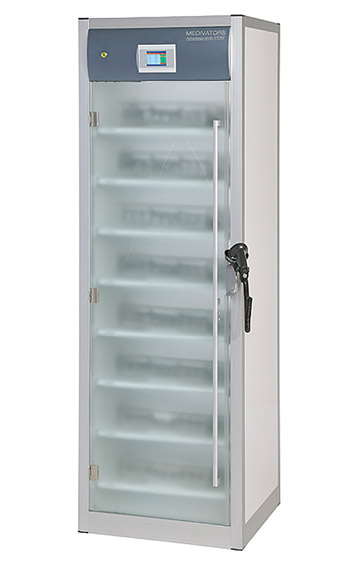
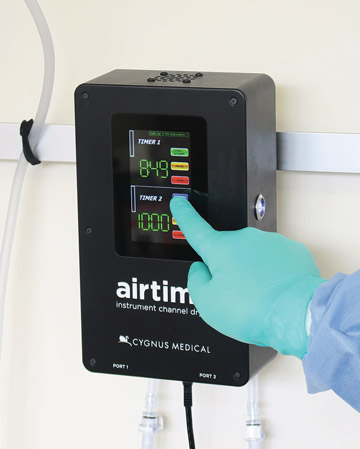

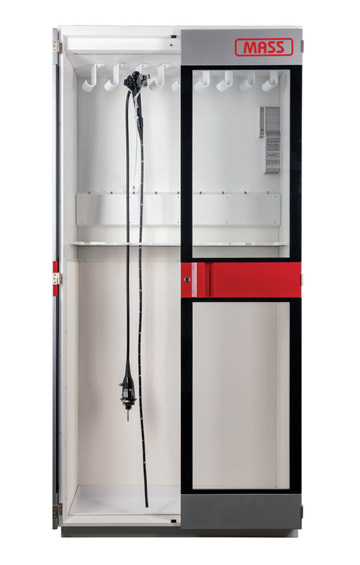
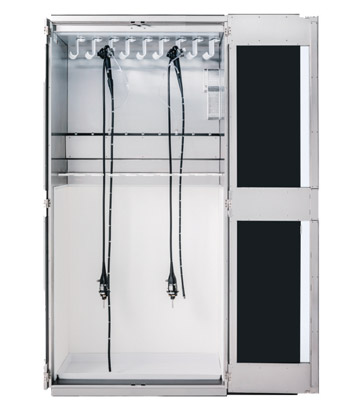
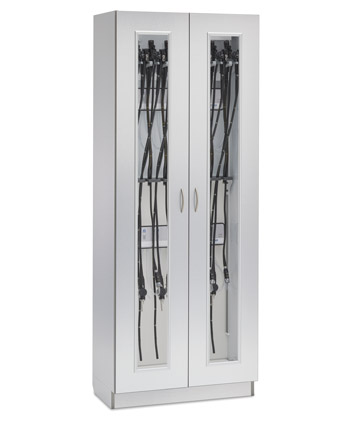
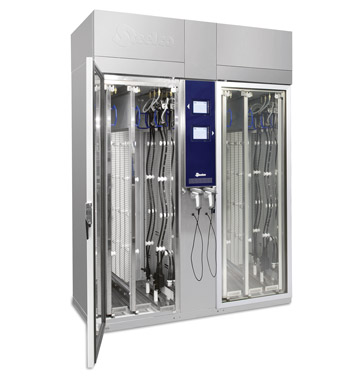
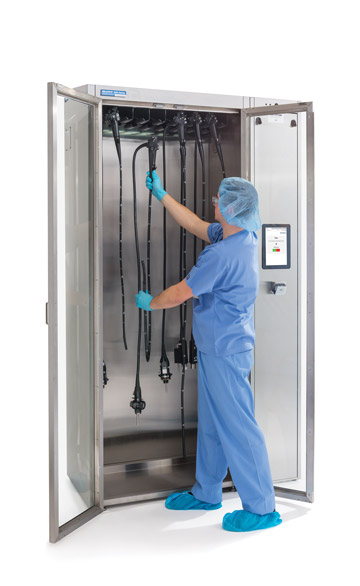
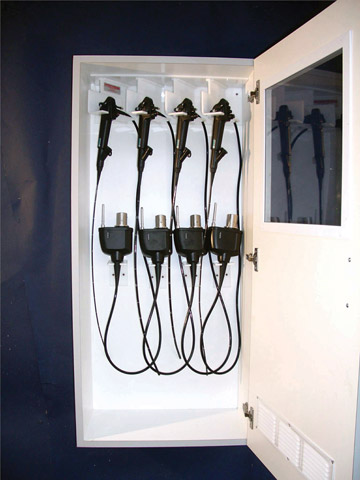
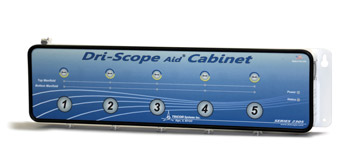
.svg?sfvrsn=56b2f850_5)